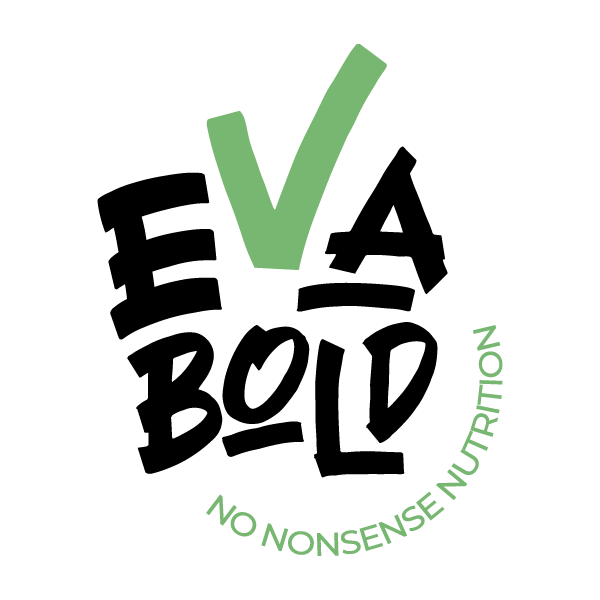Understanding Total Carbs & Net Carbs: A Guide for Low Carb/Keto Dieters

When following a low carb or ketogenic diet, understanding the difference between total carbs and net carbs is crucial for making informed food choices. In the UK, this distinction becomes even more important due to variations in food labelling regulations. In this article, we'll delve into the difference between carbs and net carbs, provide tips on reading food labels accurately, and empower you to navigate the world of low carb and keto-friendly foods more effectively.
Carbs vs. Net Carbs: What's the Difference?
Carbohydrates are one of the three macronutrients found in food, alongside protein and fat. They include sugars, starches, and dietary fibre. Total carbs refer to the sum of all carbohydrates present in a food item. On the other hand, net carbs represent the total carbs minus the dietary fibre content and certain sugar alcohols, which have minimal impact on blood sugar levels.
Tips for Reading Food Labels in the UK:
- Look for "Carbohydrates (of which sugars)" and "Fibre" values: These two values are key in determining net carbs. Subtract the fibre content from the total carbs to calculate net carbs. Be cautious not to confuse "of which sugars" with added sugars, as it includes both naturally occurring and added sugars.
- Consider the ingredient list: Ingredients are listed in descending order of weight, so if a high-carb ingredient appears at the beginning, it indicates a higher carbohydrate content in the product.
- Beware of hidden sugars and starches: Keep an eye out for ingredients like maltodextrin, dextrose, and other hidden sources of added sugars and starches that can significantly increase the carb content.
- Pay attention to serving sizes: The nutritional information on food labels is usually based on a specific serving size. Ensure that the serving size aligns with your portion size to accurately calculate your carb intake.
- Prioritise wholesome ingredients and avoid foods with lots of additives: Opting for fresh produce, lean meats, and unprocessed ingredients minimises the need for scrutinising food labels, as these naturally low carb foods provide essential nutrients without hidden carbohydrates.
For more information on How to Read Food Labels on a Keto Diet click here
Navigating the world of carbs and net carbs can be a game-changer for those following a low carb or ketogenic diet. By understanding the difference between total carbs and net carbs and learning to read food labels accurately, you can make informed choices and stay on track with your dietary goals. Remember to prioritise whole, unprocessed foods and consult with a healthcare professional or a registered dietitian for personalised advice and guidance. Empower yourself with knowledge, embrace a low carb lifestyle, and embark on a journey of improved health and well-being.
Disclaimer: The information in this article is intended for informational purposes only and should not be considered medical or dietary advice. Always consult with a healthcare professional or a registered dietitian for personalized recommendations.




